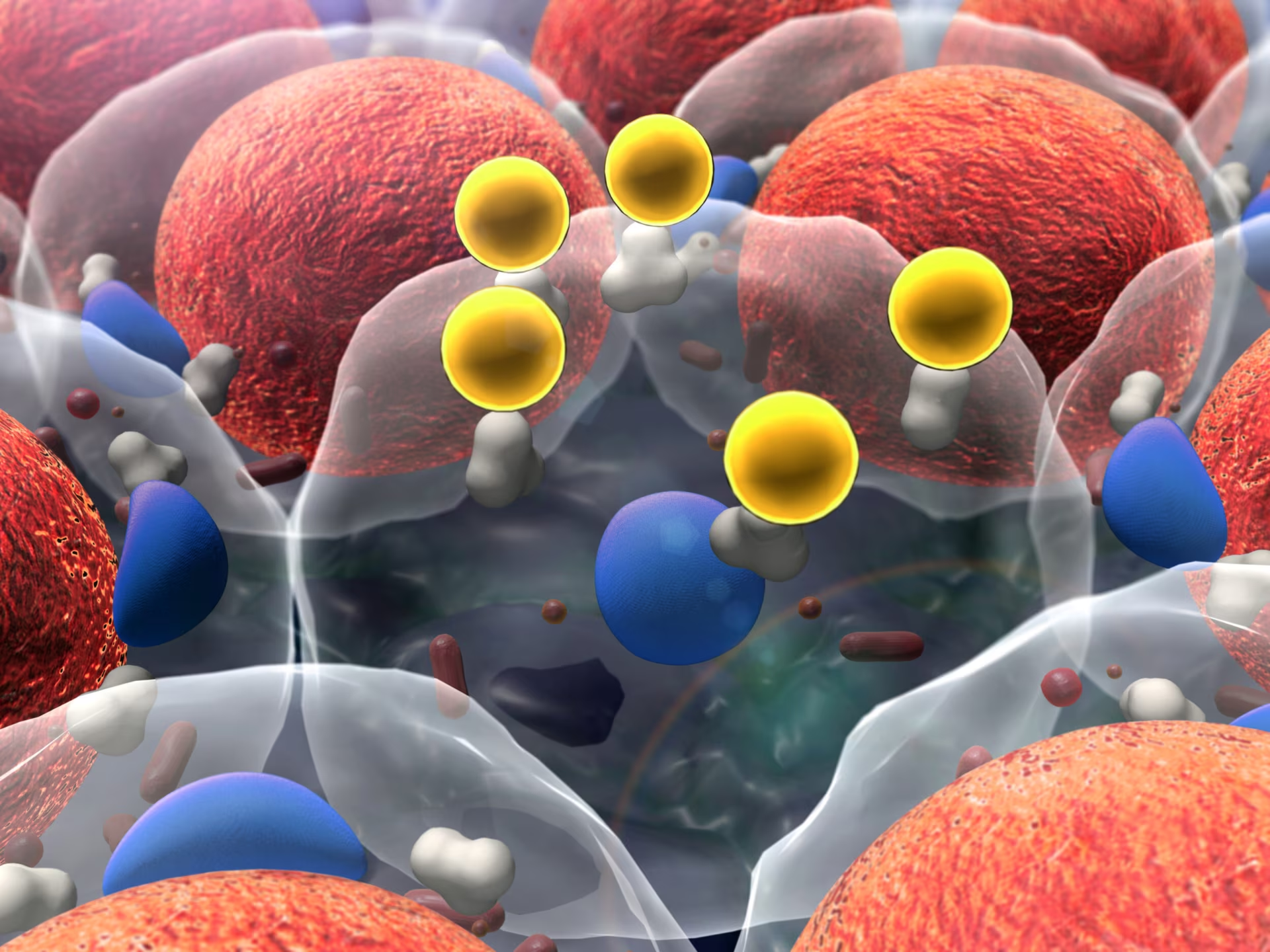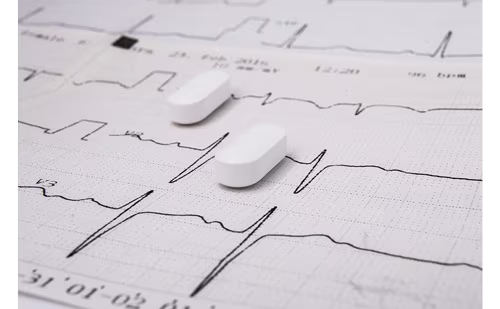High levels of plasma triglycerides, more accurately called triglyceride-rich lipoproteins, as a cardiovascular (CV) risk factor have long been a focus of discussion. Historically, a central question has been whether high triglycerides are independently related to the development of CV disease (CVD).
High levels of plasma triglycerides, more accurately called triglyceride-rich lipoproteins, as a cardiovascular (CV) risk factor have long been a focus of discussion. Historically, a central question has been whether high triglycerides are independently related to the development of CV disease (CVD). Although an often cited meta-analysis1 has concluded that, in the aggregate, studies show how high triglycerides do independently predict an increase in CV events, there are well-conducted epidemiologic studies that have not found this to be the case.2,3 Furthermore, there are also five-year intervention trials with sizable placebo populations that have not found that triglycerides independently predict CV events.4,5 Currently, this topic would appear to be much less relevant an issue with the recognition that high triglycerides associated with CV events usually do not occur as an isolated lipid abnormality, but are commonly associated with (and are metabolically linked to) the presence of low HDL-cholesterol and smaller-sized, more numerous low-density lipoprotein (LDL) particles that, independent of triglycerides, have clear atherogenic properties. It is also now recognized that high triglycerides associated with CVD are frequently present in the context of the metabolic syndrome, i.e. in an individual who is overweight, with increased blood pressure, higher than desirable glucose values, a heightened inflammatory state, and prothrombotic abnormalities.6 Moreover, it also needs to be recognized that underlying many if not all of the individual abnormalities that characterize the metabolic syndrome may be insulin resistance, which has been shown to independently predict CVD7,8 and has long been known to be associated with high levels of plasma triglycerides.9
Studies in humans 30 years ago demonstrated that, even in the absence of obesity or diabetes, insulin resistance with an increase in plasma insulin levels results in an increase in hepatic very low-density lipoprotein (VLDL) synthesis and secretion, and high levels of plasma triglycerides.10 More recently, Reaven and associates have demonstrated (in several different populations) that high plasma triglycerides as well as the ratio of triglyceride to HDL-cholesterol will predict an insulin-resistant state with a relatively high degree of specificity and sensitivity.11,12
Although high triglycerides may be commonly associated with insulin resistance, high triglycerides as well as other components of the metabolic syndrome may also be present in the absence of insulin resistance. Obesity, particularly visceral obesity reflected by an increased waist circumference, has become a near-defining component of the metabolic syndrome. However, not all obese individuals with an increased waist circumference have insulin resistance. Indeed, Ferrannini et al.13 have reported from a large European series of non-diabetic subjects that no more than approximately 30% of those with obesity (by either body mass index (BMI) or waist criteria) were insulin-resistant by euglycemic insulin clamp measurement.
The extent to which hypertriglyceridemia is or is not associated with insulin resistance would appear to have major clinical consequences. Data from the Veterans Affairs High-Density Lipoprotein Intervention Trial (VA-HIT), a five-year placebo-controlled trial with the fibrate gemfibrozil,14 showed that the combined rate for non-fatal myocardial infarction (MI), stroke, and CV death in relation to triglycerides (as well as to HDL-cholesterol) was markedly dependent on the presence or absence of insulin resistance.15 In the VA-HIT high triglycerides were, as expected, more frequent with (64%) than without insulin resistance (36%), as estimated by the homeostasis model (HOMA) calculation. However, as shown in Figure 1, by an analysis to determine the CV event rate both at low and high levels of triglycerides and with and without insulin resistance, CV events were found to be significantly more frequent in the VA-HIT in the presence of insulin resistance than in its absence, irrespective of triglyceride concentrations. For this analysis a level of high triglycerides was defined at or above 152mg/dL or at a level greater than the median value of triglycerides in the VA-HIT and comparable with the value of ≥150mg/dL selected by National Cholesterol Education Program (NCEP)-Adult Treatment Panel (ATP) III6 to identify individuals who are at increased CV risk with the metabolic syndrome. However, as shown in Figure 1, with this triglyceride designation those individuals with insulin resistance and triglycerides less than the median (shown as averaging 113mg/dL) would not ordinarily be viewed as being in a high-risk category, even though in VA-HIT the five-year CV event rate of 34% for this subgroup was comparable with those who had triglycerides that were 100mg/dL higher (averaging 218mg/dL). This same kind of analysis was also performed for HDL-cholesterol in VA-HIT15 and, not surprisingly like results for triglycerides, at comparable levels of HDL-cholesterol the rate of CV events was not the same but was significantly greater in the presence than the absence of insulin resistance.
A somewhat similar observation has been made by Despres’ group, showing in individuals undergoing coronary angiography that high triglycerides coupled with an increased waist circumference was more predictive of coronary artery narrowing than either of these measures alone.16
However, as previously indicated, measures of obesity may not necessarily reflect insulin resistance; linking triglycerides to some other measure that is frequently related to insulin resistance should provide a better estimate of CVD or risk than triglyceride measurement would alone.
Some consequences of the possibility of a mix of individuals with insulin resistance through a broad range of triglyceride values appears clear:
- CV risk cannot be reliably estimated by values of triglycerides alone and, indeed, the variable presence of insulin resistance may be an explanation for the historic difficulty of assigning the status of an ‘independent’ CV risk factor to ‘high triglycerides’;
- CV risk associated with other single components of the metabolic syndrome, as VA-HIT has also shown for low HDL-cholesterol, may also be most reliably assessed in the context of insulin resistance; and
- different therapies that may reduce triglycerides (or increase HDL-cholesterol) may not succeed in reducing CV events if those therapies have no salutary effect on insulin resistance or the changes in biology that promote insulin resistance.
One might again look to the results from VA-HIT with the fibrate gemfibrozil. In this trial the magnitude of triglyceride reduction with gemfibrozil was actually smaller with insulin resistance than without insulin resistance, yet CV events were more substantially reduced when insulin resistance was present than not present.
A traditional therapeutic approach to the patient with increased levels of plasma triglycerides has been modeled after the highly successful approach to lowering CV risk in the patient with high levels of cholesterol.This approach is based on the assumption that there is a strong positive relation of triglyceride levels to CV risk and that the magnitude of triglyceride reduction with therapy will correlate with the magnitude of CV reduction.
However, no trial data exist supporting the notion that this ‘cholesterol paradigm’ applies to triglycerides, i.e. there is no therapeutic trial that has shown that a reduction in CV events is linked to the magnitude of reduction in triglycerides or even that reducing triglycerides independent of other risk factors is associated with a reduction in CV events.
It may be argued that, unlike cholesterol, high triglycerides are so closely related to a number of other atherogenic changes that it is not possible to readily separate the pathology, which may be due to high triglycerides, from these other related changes.
However, it might also be argued that it is only when these other related changes are present that high triglycerides are a CV risk factor and that it is these other related changes (e.g. most prominently insulin resistance) that are responsible for the increased atherogenic potential of high triglycerides. ■







